Best Practices For Fall Tree Pruning And Maintenance
Fall is one of the best times to look after your trees. As the weather cools and leaves start to drop, tree growth slows down and that makes it the right moment for a little extra care. A good round of pruning during this season helps trees recover and prepare for the colder months ahead while setting them up for stronger growth in the spring. Plus, you get a clearer view of the branches without all the full foliage in the way, making it easier to spot potential problems.
Taking care of your trees in the fall isn’t just about trimming branches. It's also about preventing damage from storms, reducing the chances of falling limbs, and keeping disease in check. When done right, pruning can help shape young trees, remove weak spots, and extend the life of mature ones. While anyone can grab some shears, knowing when, where, and how to prune makes all the difference. That’s where experience, attention to detail, and awareness of seasonal timing come in handy.
Understanding Fall Tree Pruning
Fall tree pruning is more than just tidying up. It’s a smart way to help trees head into winter in better shape. Unlike pruning in spring or summer, which supports new growth or controls immediate issues, fall pruning is more about preparing for rest. Once a tree has stopped growing for the season, it's in a dormant state, and that makes it less sensitive to the stress of cuts. This is why pruning after leaf drop but before heavy winter sets in is the sweet spot.
A few differences between fall pruning and other seasonal pruning include:
- Fall pruning encourages recovery without triggering new growth, which could get damaged in cold temperatures
- Branch structures are easier to see without foliage, helping make cleaner and more strategic cuts
- It reduces chances of disease spreading, since pests and fungi are less active during cooler months
As helpful as pruning is, safety always comes first. Pruning even small trees can go wrong if the right tools or methods aren't used. For basic tasks, tools like bypass pruners, loppers, and bow saws are common. All tools should be cleaned and sharpened to avoid damaging the tree. Gloves, eye protection, and sturdy footwear are also a must when working outside with cutting tools.
If you’re pruning branches that need a ladder to reach, or if you’re dealing with large limbs, that’s usually a sign to bring in professionals. Falls and hits from heavy branches are more common than people realize. Having the right tools is one part but knowing how to safely use them around power lines, rooftops, or fences is just as important.
Key Steps For Effective Fall Tree Pruning
Pruning might seem like just snipping branches here and there, but the method has a real impact on the tree’s structure and health. It’s not just about trimming what looks bad. It’s about making cuts in the right place, at the right time, and for the right reason.
Here are some useful steps to follow:
1. Inspect the tree. Look for broken, diseased, or dead branches. These should be removed first, as they can fall or spread decay to healthy parts of the tree
2. Focus on weak branch angles. Branches that form tight or V-shaped angles with the trunk are more likely to split, especially in strong wind or under snow. Removing one of the pair can prevent splitting down the line
3. Cut with care. Make cuts just outside the branch collar, which is the swollen area where the branch connects to the trunk or another limb. This helps the tree seal the wound naturally
4. Don’t top the tree. Cutting straight across the top of a tree damages its structure and often leads to weaker, unbalanced growth
5. Stick to the thirds rule. Avoid removing more than a third of a tree's branches in one season. Taking off too much at once puts stress on the tree and makes it harder to bounce back
6. Clean up everything. Deadwood and clipped branches should be raked and hauled away. Leaving pruned material on the ground gives pests and disease a place to move in
Following these steps encourages strong growth where the tree needs it and stops problems from getting worse. It also makes your yard look tidier going into the winter months. Keep in mind that not all trees benefit from pruning at the same time. For example, spring-blooming trees might do better with trimming right after flowering, so identifying the species helps time things better.
Each tree responds differently depending on its age, type, and environment. So while a few simple steps go a long way, giving trees the care they need starts with paying attention to how they’re doing now. That seasonal awareness is what leads to healthier, longer-lasting trees.
Additional Fall Maintenance Practices
Pruning in the fall is a big step, but it's only part of the full care routine your trees need to stay in good shape through winter. As temperatures drop and the first frosts start appearing, shifting your focus to general maintenance can make a noticeable difference in tree health come spring.
Watering is one of the most overlooked fall tasks. Even though it’s cooler outside, trees still need moisture before the ground freezes. Deep watering once or twice during dry weeks helps tree roots absorb enough water to stay hydrated through winter. This is especially true for younger trees that haven’t had time to develop deep root systems.
Mulching also works to protect roots and limit moisture loss. Laying down a two to four-inch layer of mulch around the base, but not touching the trunk, keeps soil temperatures steady and helps retain water. Use bark chips, pine needles, or shredded leaves, and spread it out in a wide circle to shield the growing area under the tree.
To guard against early winter damage like frost cracks or sunscald, especially on thin-barked trees, you can apply tree wrap around the lower trunk. These temporary wraps reflect sunlight and prevent sudden changes in temperature that can cause splitting.
Late fall is a good time to consider fertilizer too, but timing and type matter. A slow-release fertilizer with balanced nutrients gives trees what they need without pushing unwanted growth. This kind of feeding supports stronger roots and overall resistance to winter stress.
All these steps combined help your trees transition out of the growing season smoothly. Think of it like putting the garden to bed. It’s a reset that lets trees rest and build energy for green-up in the spring. Taking care of small tasks now prevents major issues down the line like root damage, bark splitting, or delayed leaf-out.
Why Professional Fall Tree Trimming Matters
It’s true that some pruning and yard tasks can be handled with a solid plan and the right tools. Still, there are times when it makes more sense to call in professionals.
Large or mature trees sometimes hide damage that isn’t obvious from the ground. Spots of internal decay, pest infestations, or structural splits might not show clear signs right away. Professional arborists are trained to look beyond the surface. They know how to identify weak limbs, balance canopy weight, and remove branches without harming the tree's natural growth pattern.
Working at height is also no small matter. It’s easy to underestimate how dangerous it can be to trim branches with limited footing or low visibility. Professionals handle equipment like pole saws and harness systems every day, so they can do the job faster and safer.
Beyond cutting, fall maintenance often includes an assessment of overall tree health. Maybe a tree needs bracing. Maybe insects have started to burrow into the trunk, or there's root exposure from summer rains. A routine fall visit can catch all of that before harsh weather makes things worse.
Some of the biggest benefits of working with a pro include:
- Quicker, safer branch removal on large trees
- Spotting early warning signs of disease or damage
- Knowing when and how to fertilize different types of trees
- Preventing costly mistakes like over-pruning or topping
- Reducing risk to nearby structures, power lines, or fences
Getting the right attention in the fall means fewer urgent fixes when storms hit. It protects your landscape investment and keeps things on track year after year.
How Fall Care Sets the Tone for Every Season
Wrapping up fall care doesn’t mean tree work is over. It means setting the stage for what comes next. Trees are long-lived, and how you care for them each season has a ripple effect. Fall is the right time to do an honest check-in. Are there signs of disease? Are limbs dragging too close to the roof? Did heavy limbs survive summer storms without cracking? All of this helps guide how you approach the rest of the year.
The best results usually come from following a seasonal routine. Fall is for pruning and winter prep. Spring brings checks for new growth and possibly another round of light pruning. Summer calls for close watch during heat and drought. Trees thrive when they’re seen as part of a living environment that changes month to month.
Professional trimming helps support that year-round effort by keeping growth healthy, removing hazards, and giving your trees an edge in the tougher months. It cuts down on emergencies and helps avoid surprise damage. Even one visit a year, timed toward the end of fall, can prevent bigger problems and give your trees a stronger start when warmer months return.
To keep your trees healthy and looking their best year-round, it’s important to give them the right seasonal care. If your landscape needs attention this fall, our tree trimming services at Tree Experts, LLC can help prepare your trees for the colder months and support strong spring growth.

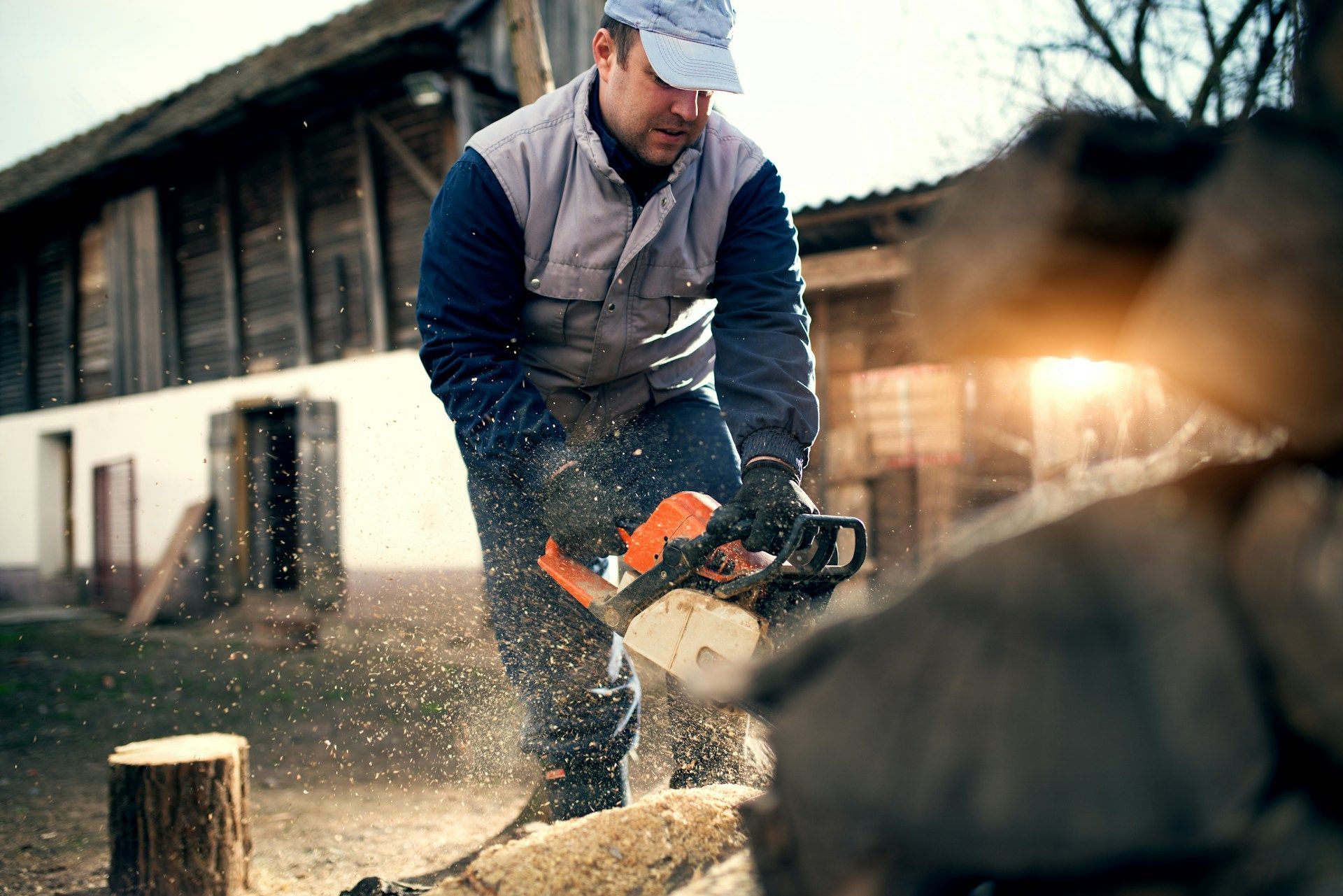

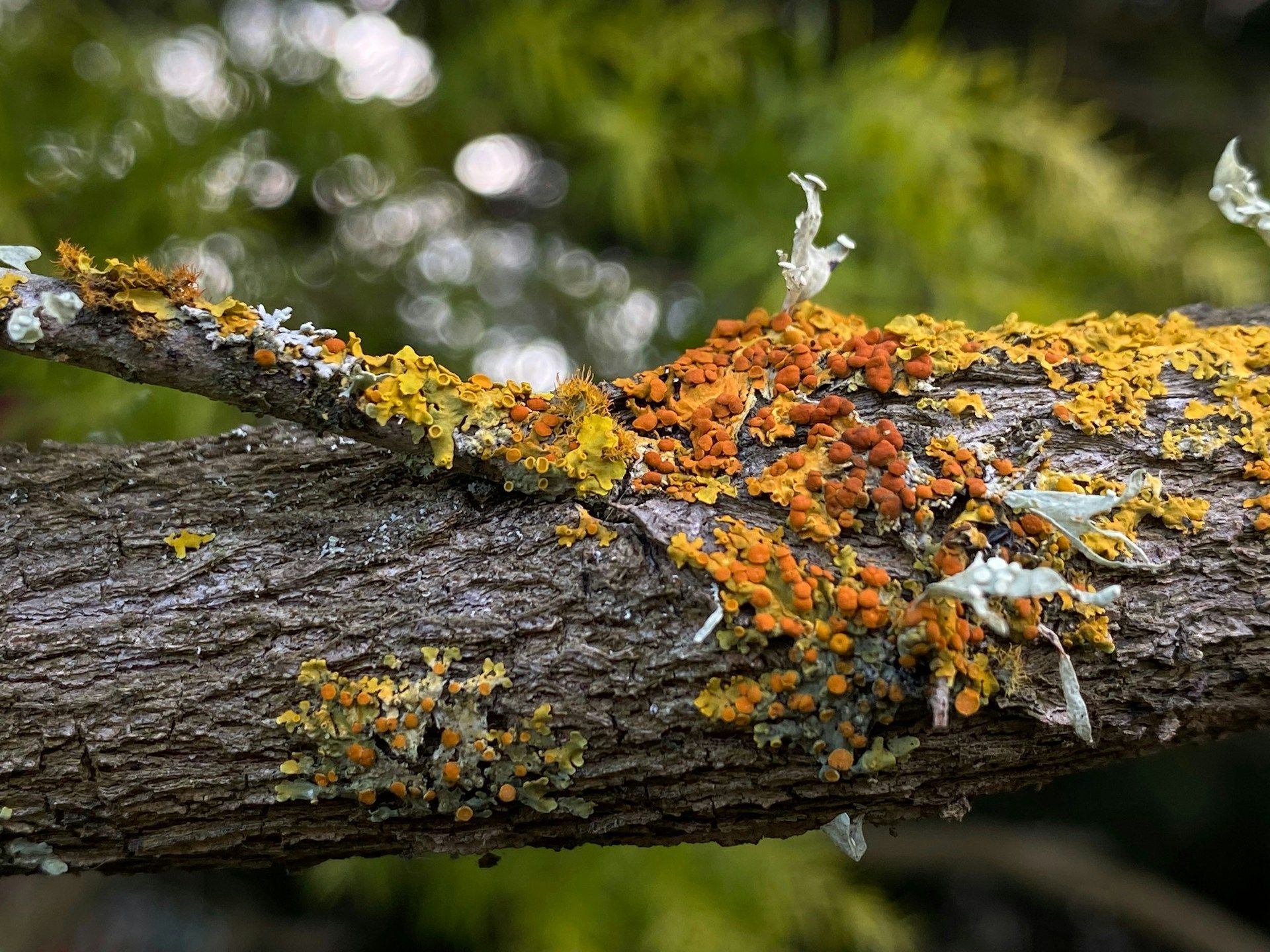
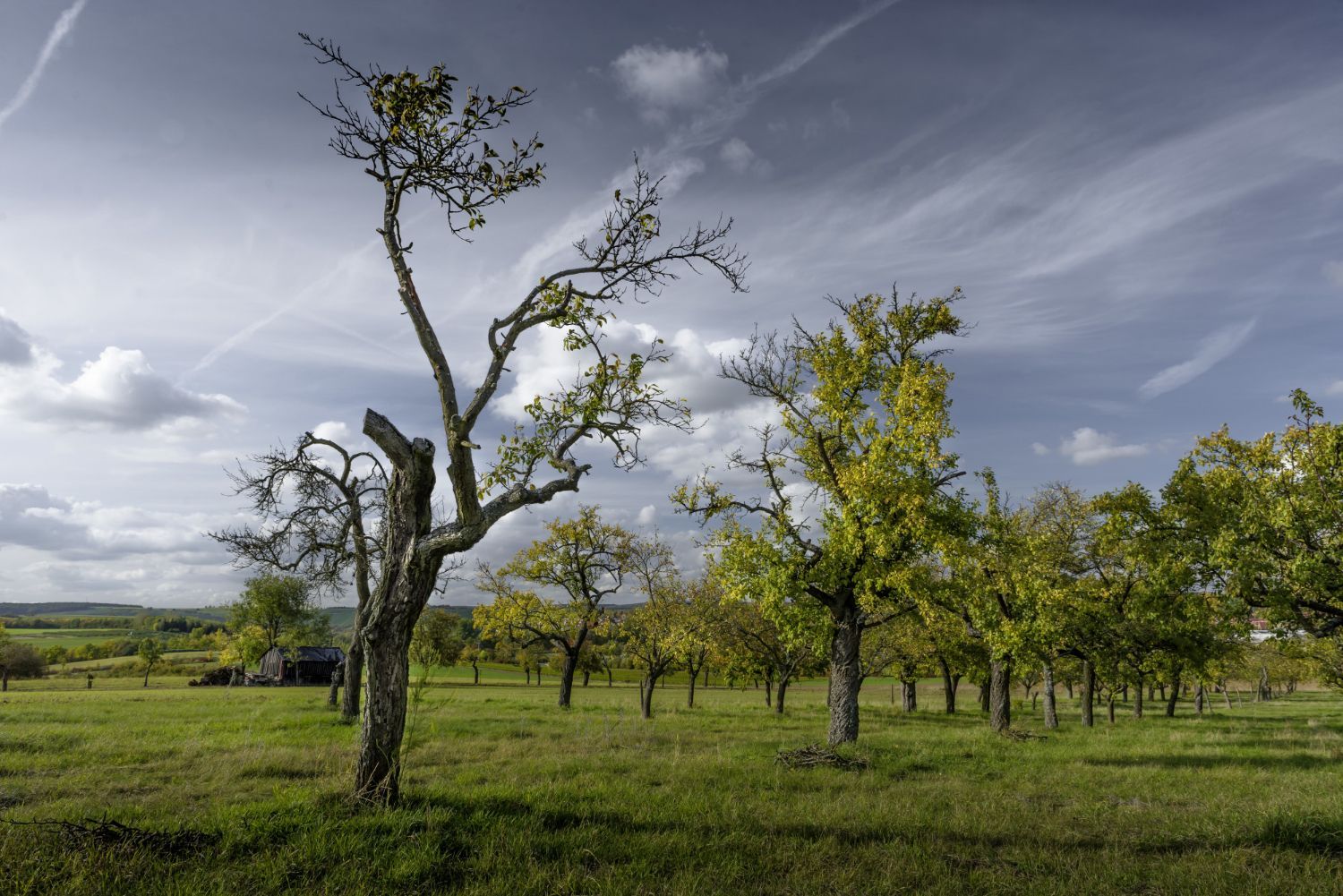
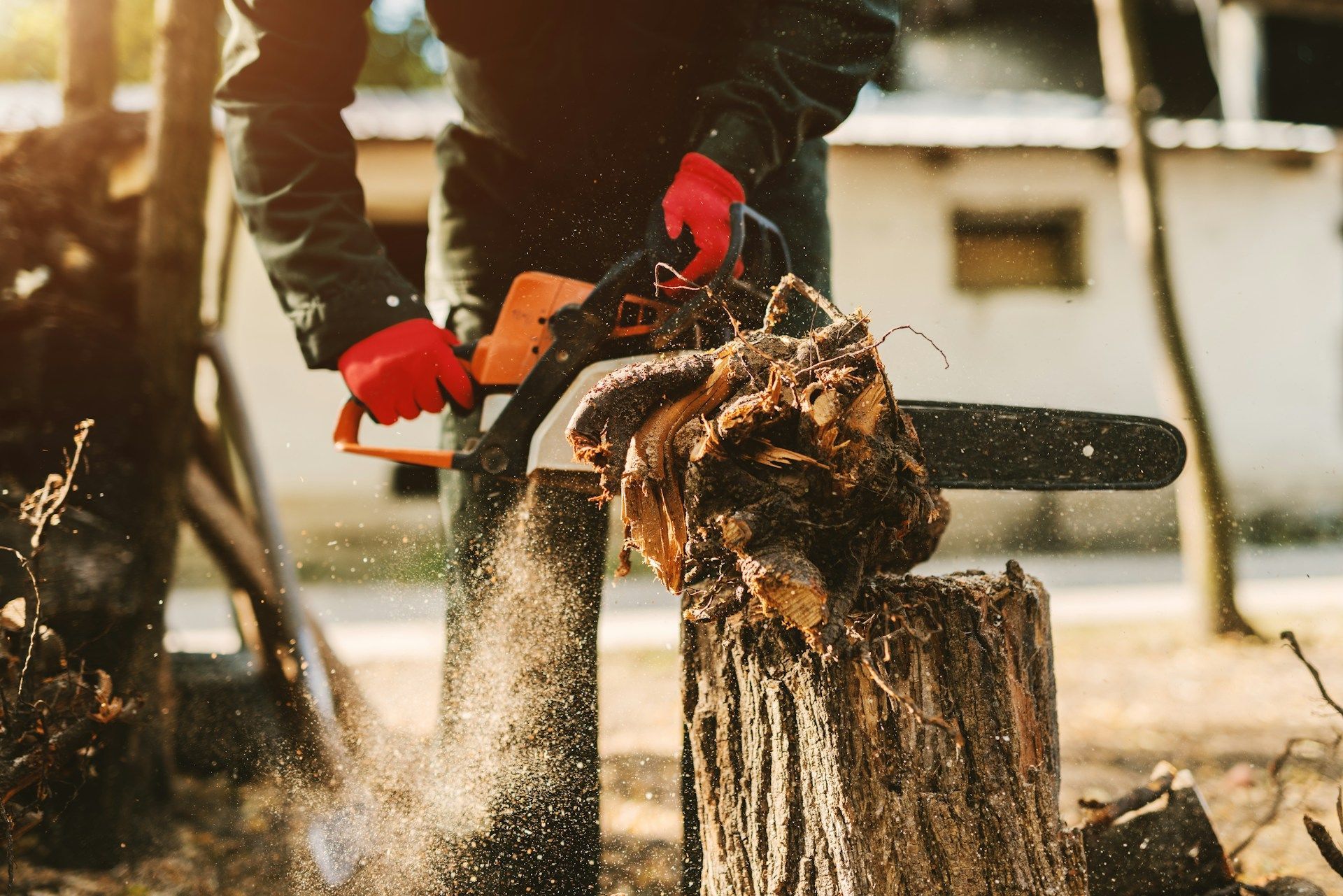
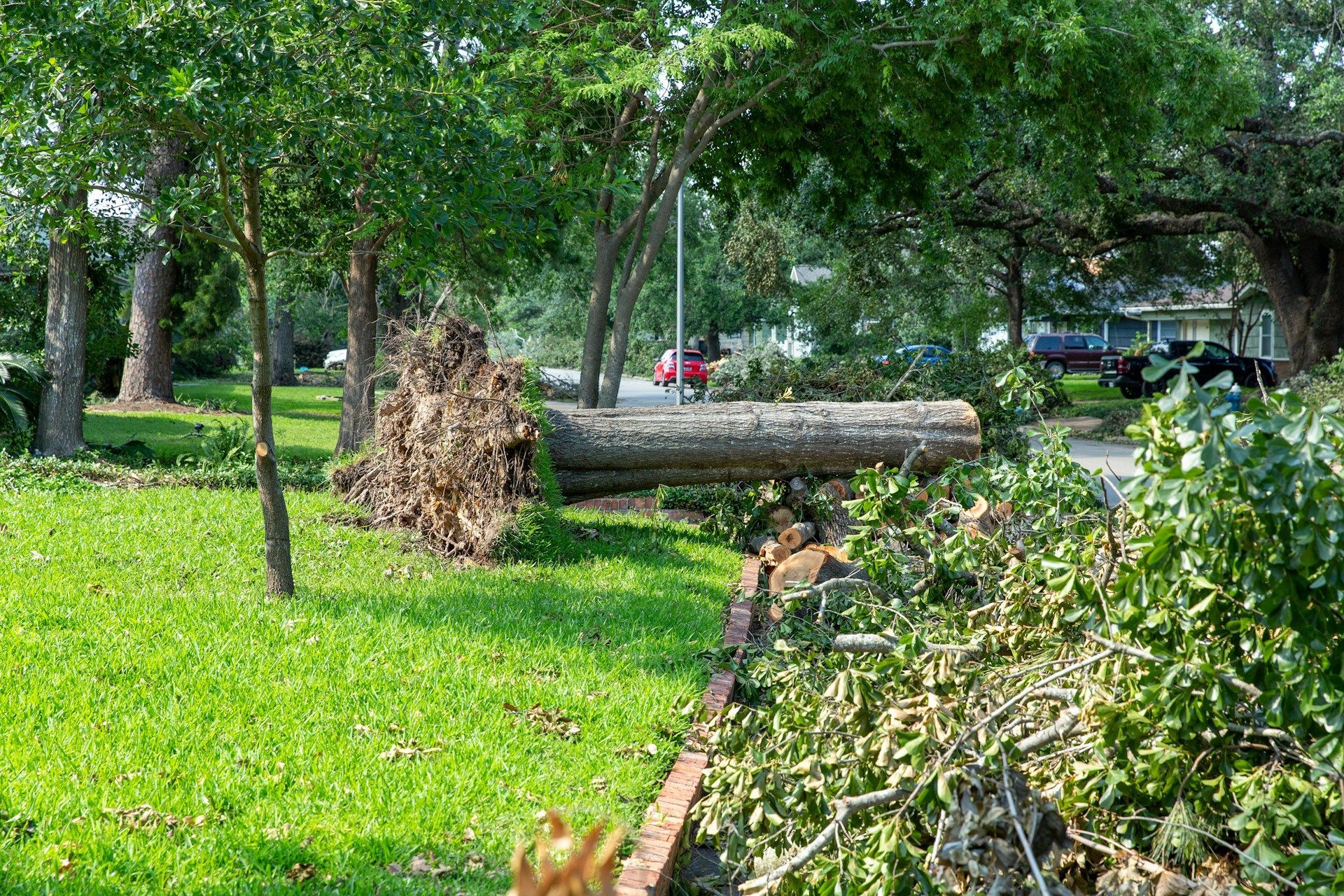
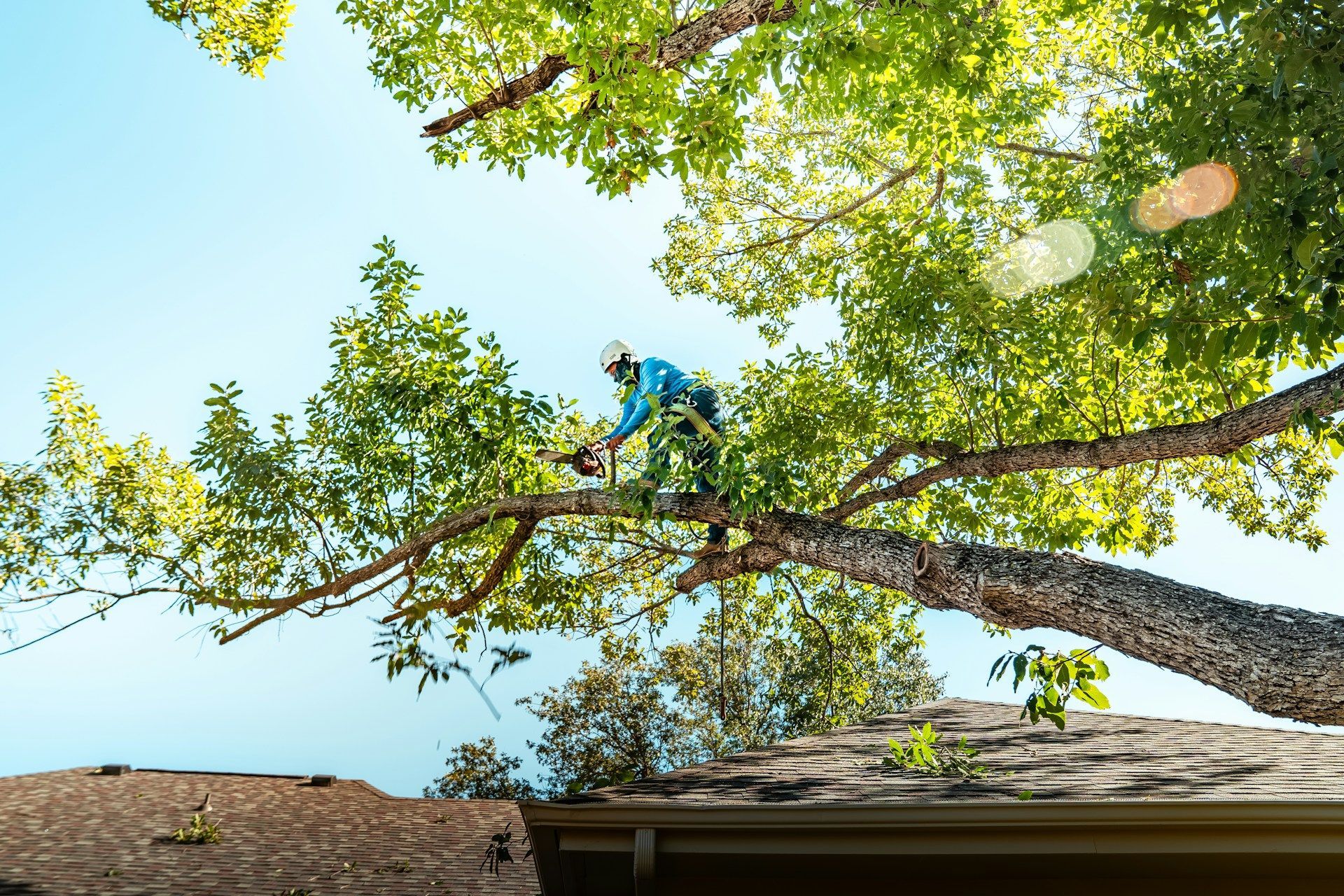
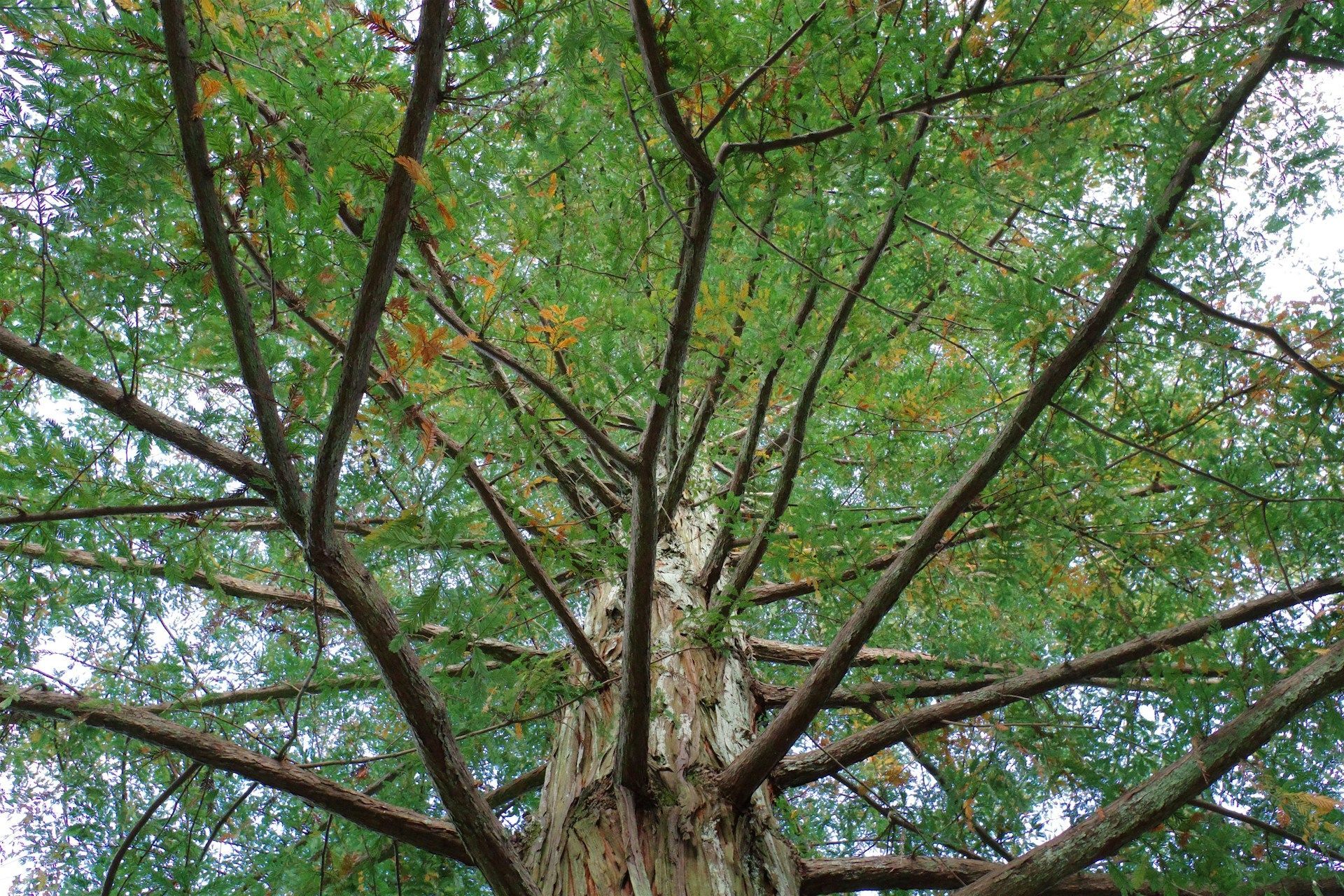
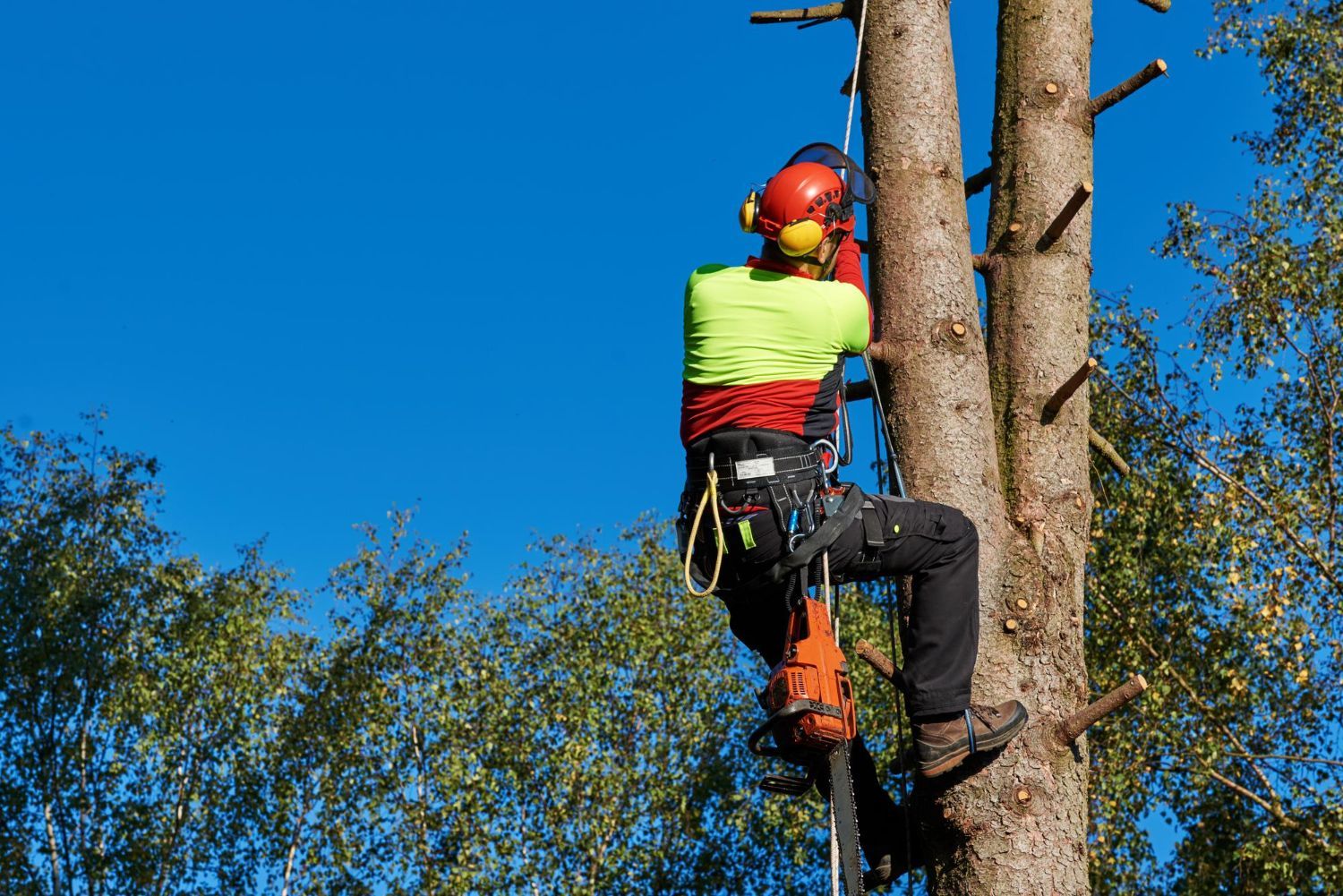
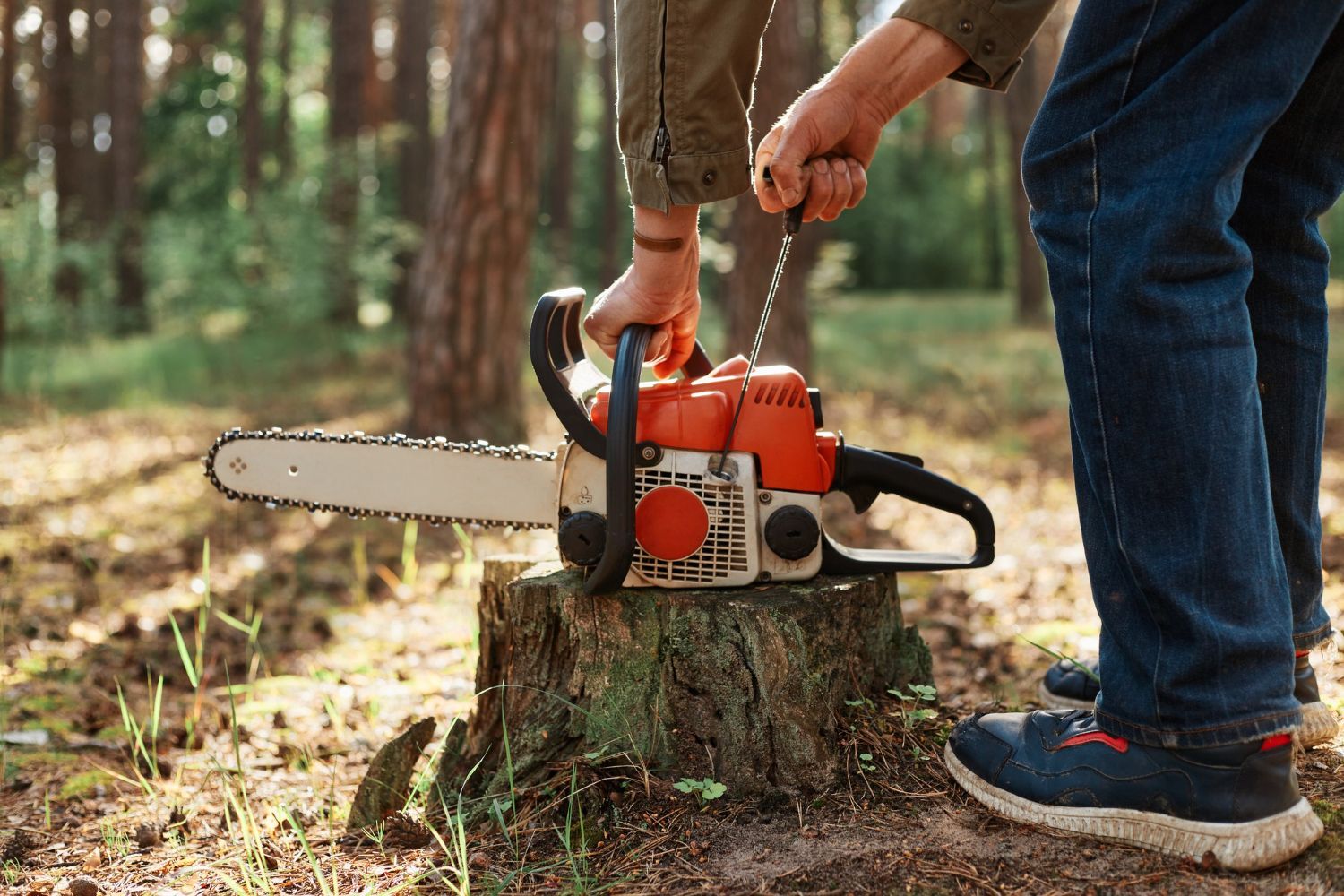
Share On: